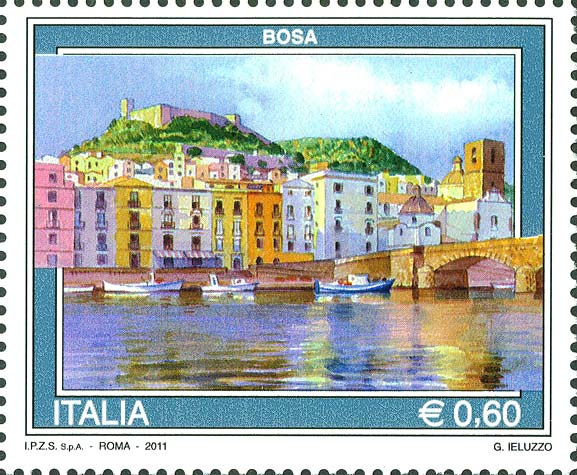
Over the centuries the stamp was preceded by several precursors.
Already in 1608 the Republic of Venice had adopted a tax called "Four Cuts models Money Letter" system which consisted in the issuance of a real sheet of paper stamped with the Lion of St. Mark between the letters "A" and "Q". This paper was to be used to accompany a letter or as a support for writing it (in which case was then turned in on itself) and the tax collected was paid directly to the "daziere".
In 1653, the mail handler of the town of Paris, Jean-Jacques Renouard de Villayer, had created the billet de port payé, a strip of paper similar to a stamp that, in the absence of an adhesive surface, was to be attached to the message by means of a paper clip or a wire. All copies of these billets have been lost.
Others ahead of stamps are documented in Britain: the unit price system for local mail devised by merchants Dockwra William and Robert Murray, adopted by the London Penny Post as of 1680, was so successful that the Duke of York saw threatened its postal monopoly. So it was that, following the duke's protests, the Penny Post was obliged to cease the initiative after just two years, and was incorporated into the General Post Office.
Some examples of triangular stamps from that period are preserved in the archives, while four copies are in possession of collectors.
In 1750 in China it was devised a prepayment system on consistent correspondence fee in different color envelopes and three types of subscriptions: for abroad, for the interior and duty. These envelopes were then used to contain the letters.
nineteenth century, appeared in some cities the precursors of the cards and prepaid envelopes.
In the Kingdom of Sardinia, for example, made its appearance in 1818, the "Postal stamped paper," a sheet of paper correspondence with the port fee prepaid, renamed "horse" as depicting a mounted messenger; in 1821 were adopted in Britain the response enclosed postage-paid postcards to newspapers. As a first pre-franked postal stamps worth however sheets letter issued in Sydney in 1838.
